International Collaboration Sites
International Collaboration Sites
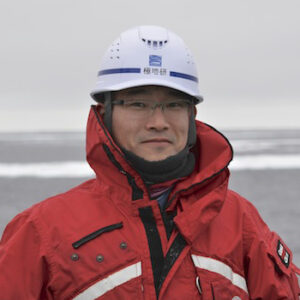
Manager: Jun Inoue (National Institute of Polar Research)
The Arctic region is where the impact of global warming is most evident. Archiving and analyzing data from survey observations in the Arctic and international collaboration are essential for Arctic research. The observation facilities maintained and operated by NIPR, JAMSTEC, and Hokkaido University are used as ArCS III research infrastructures to support the researches in the Arctic region. These research infrastructures will also contribute to international collaboration through international joint research, human resource development, outreach, and information dissemination.
Canada
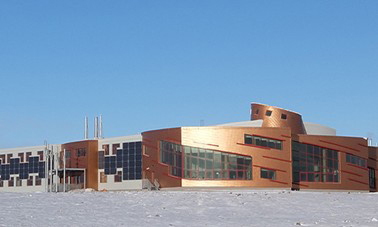
Canadian High Arctic Research Station (CHARS)
CHARS has facilities for research, observation, training, and practice that are available to Japanese researchers and students. Field training can be practiced with the help of experienced local residents.
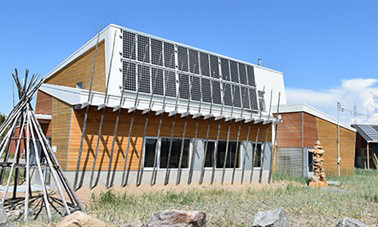
Centre d’études Nordiques (CEN)
involving Laval University, the University of Quebec at Rimouski, and the University of Quebec Provincial Institute of Science, maintains about eight stations spanning between 53N and 83N on the east coast of Canada. These facilities are used for research in the Canadian high latitudes.
Denmark/Greenland
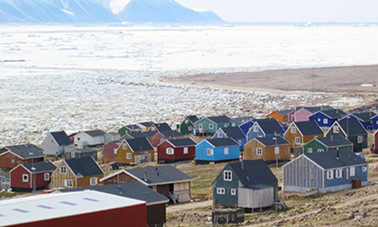
Qaanaaq Research Base
In cooperation with local collaborators, we established observation sites in northwest Greenland to further
promote field observations and surveys.
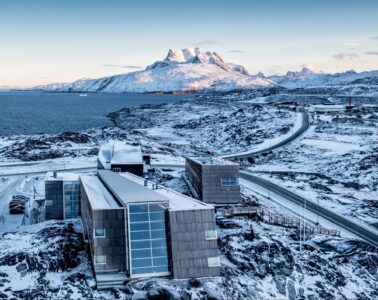
Greenland Institute of Natural Resources (GINR)
GINR, located in Nuuk, where the Greenlandic Government is located, mainly focuses on Arctic
ecosystems. We use the facility as a research center for a wide range of joint research and archival
surveys in Greenland.
Finland
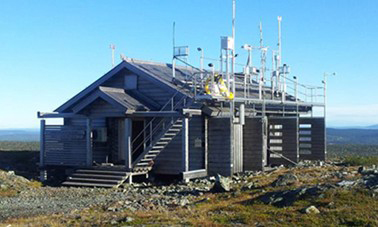 Photo Source: https://eu-interact.org/field-sites/pallas-sodankyla-stations/
Photo Source: https://eu-interact.org/field-sites/pallas-sodankyla-stations/
Pallas–Sodankylä Global Atmosphere Watch (GAW) station
In cooperation with the Finnish Meteorological Institute (FMI), various meteorological observation facilities and
satellite sensor ground verification sites will be used in the project.
Norway
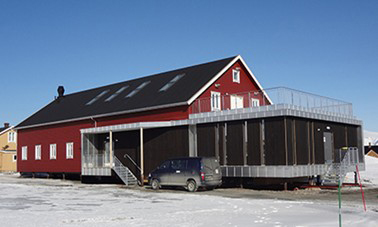
Ny-Ålesund NIPR Observatory
NIPR has established its own observatory in Ny-Ålesund, Svalbard, Norway (79N), since 1991, and the
facility has been used as one of the frontiers of Japan’s Arctic research. Many countries are conducting
research activities in Ny-Ålesund, and NIPR is developing its infrastructure and making effective use of it
as one of the most important Arctic research sites.
Russia

Ice Base Cape Baranova(Currently unavailable)
The Russian Arctic and Antarctic Research Institute (AARI) resumed observation activities at the Cape
Baranova Station on the Arctic Ocean in 2013, we will continue to acquire atmospheric and precipitation data in
close collaboration with AARI.
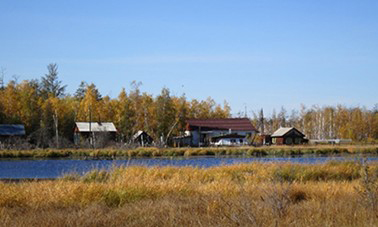
Spasskaya Pad Scientific Forest Station(Currently unavailable)
In cooperation with the Institute for Biological Problems in the Northern Regions (IBPC) of the Siberian Branch
of the Russian Academy of Sciences, we will proceed with field observations mainly with the flux observation tower on site.
United States

International Arctic Research Center, University of Alaska Fairbanks (IARC)
This site will be used as a research and observation center for Japan in the Alaska region, as well as for
the coordination and exchange of joint research projects.
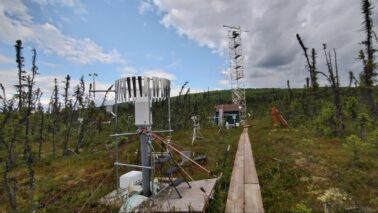
PFRR Poker Flat Research Range Supersite
We will use this site, mainly with the Flux observation tower, for land observation.
